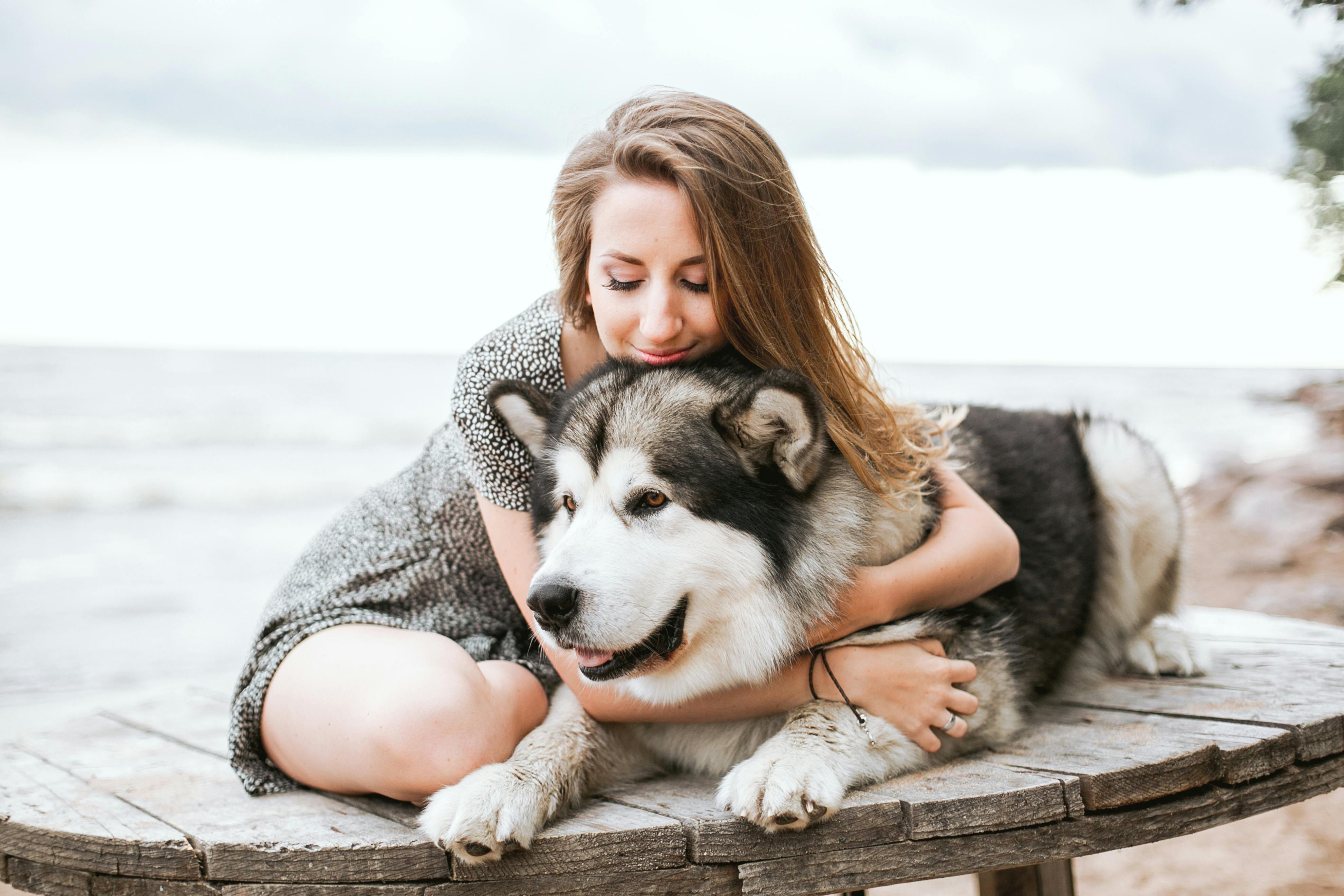Breed: Newfoundland
Classification: Workgroup
Weight: 110-176 pounds (50-80 kg)
Height: 68 – 75 cm (27 – 30 inches)
Life expectancy: 8 – 13 years
Earning the reputation of “Nanny Dog” due to history, the Newfoundland dog breed has a calm nature, the strong and quiet type. The breed has a sweet temperament and is used to hard work. This breed naturally views children as young lives that need to be nurtured and protected. Of course, dog and child play should always be supervised, the “babysitting dog” is intended to be a companion and cannot provide everything necessary for the well-being of a child.
The breed is friendly and social with humans and other animals, and enjoys playing. However, these dogs also make a good watchdog with occasional loud and deep warning barks when needed.
History of the Newfoundland dog breed: myth versus reality
The Newfoundland dog was once rumored to be a cross between ancient breeds of mastiff and black bears, developed by the Vikings in 1001 AD This is just a myth, there are no black bear genes within the Newfoundland breed.
The truth about the history of the races dates back to the beginning of the 16th century. A Portuguese fisherman visited the island of Newfoundland in Canada and often brought his mastiff dogs with him. Canadians living on the island had a large breed dog known as St. John’s Dog, or “lesser” Newfoundland.
For generations, Portuguese Mastiffs had interbred with the St. John’s Dog, creating the great breed of Newfoundland dog we know today. By the 18th century, the breed had become the Saint Bernard.
If this story sounds similar to the Labrador Retriever, you are right! The Newfoundland breed and the Labrador Retriever breed have a great history in common.
Both the Newfoundland breed and the Labrador Retriever were used as working dogs to assist the fishermen. The Newfoundland dog had the physical strength and size to do the most important jobs, like transporting fish carts and equipment from the docks back to town. The smallest dog, the Labrador Retriever, was used to pull nets from fishing boats, a less physically demanding job.
The Newfoundland dog breed was well suited for the job of helping fishermen. The breed loves water and can swim well. This breed has a unique dog paddle that moves down and out, more like a modified chest bump than the common “puppy-paddle.” The breed also has webbed feet that help the dog to propel itself easily through the water. The breed was officially recognized by the American Kennel Club in 1886.
Since the Newfoundland breed has a great affinity for water, the breed has earned a reputation as a rescue dog. To this day, the breed has many histories of being a successful “lifesaver” in water rescue situations. Dogs are used in Italy to rescue people from the water. Dogs often have to jump out of helicopters into the water to catch up with boaters stranded in the ocean.
Newfoundland dog health
Of course, most puppies from a reputable breeder or shelter will be healthy. However, the enormous size of dogs puts pressure on their bodies throughout their lives. Newfoundland dogs are more prone to heart problems like subvalvular aortic stenosis, or SAS. SAS varies from mild to severe forms. Dogs with mild ASA can still lead normal lives, there are some surgical options available for more severe forms, check with your vet for diagnostic and treatment options.
Newfoundland dogs’ joints are also constantly under stress from their body weight. Some common problems are hip and elbow dysplasia, which can be treated with surgery and medications. Again, consult a veterinarian for diagnostic and treatment options. Many dogs can lead normal, healthy lives with medication or treatment for dysplasia.
Newfoundland dogs can also develop cystinuria. A condition in which crystals or stones are found in the kidneys of dogs and trying to pass through their urinary tract. It can be painful and can start at birth or show symptoms as the dog matures. Medications can treat symptoms, and for some, surgery may be an option. Consult your veterinarian for diagnostic and treatment options. Many dogs can still live normal, happy lives with treatment for cystinuria.
Some people chose to monitor their dog’s health with FitBark, a discreet, wearable device worn on the dog’s collar that constantly monitors their dog’s activity, sleep, and nutrition, and is breed specific. FitBark easily pairs with your Fitbit, Apple Watch, HealthKit, or Google Fit device to monitor progress. Researchers and veterinarians have developed a unique algorithm to provide you with real-time quantitative data on your dog’s health. Great for finding out how your dog is really feeling and making it easy to communicate during follow-up vet appointments.
I encourage owners to develop a strong relationship with an ongoing vet that both the owner and the dog can bond with. Proper medical care is an inexpensive expense, but a necessity for being a responsible dog owner.



